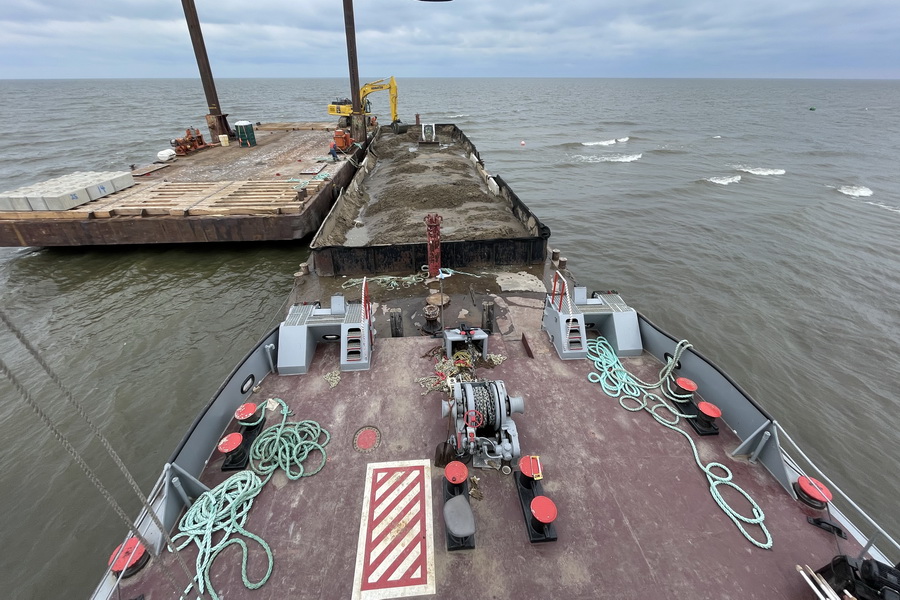Share
Expertise

Previously, Judy Yu, P.Eng., PMP, Discipline Lead, Data Management & ITS, discussed Associated Engineering's expertise and role in advising and assisting clients with adopting new technologies. She presented our systematic approach which includes analysis, planning, and design. In part II, Judy discusses the next steps.
Implementation and Execution: Once the client awards the contract to the successful technology supplier/vendor, we collaborate with the vendor and our client to complete detailed design, including configuration, system interfaces, integrations, and data management. When the client approves the detailed design, we move into the implementation phase and technology testing conducted in the supplier/vendor's facilities and including the client’s staff at different levels. Testing involves a stress test of the technology including hardware, software, and IT infrastructure. Our role includes ensuring technology meets design criteria as well as documenting testing. Then, we develop a plan for “go live” and roll back to current operations, if needed. We run a “burn-in” period that provides a 30-60 day period of continuous operations in a “live” environment. This step is often underestimated for the level of coordination required between different teams or departments and the allocation of appropriate resources to ensure smooth execution. We participate in resourcing discussions and assist with understanding what risks may materialize and why specific resources are needed for risk mitigation.
Evaluation and Feedback: Throughout the testing process, it is crucial to monitor feedback from client staff, and inform the client about concerns, such as technical, functional, or vendor service issues. In addition, testing outcomes for each function should be tracked for deficiencies. Deficiencies critical to the application's function (from our client’s perspective) must be resolved and retested until specifications are fully met; minor deficiencies can be resolved prior to final acceptance. This continuous evaluation phase helps to ensure that the systematic approach remains on track and delivers the desired outcomes.
Continuous Improvement: A critical element of a systematic approach is a commitment to continuous improvement. This may be through a framework that incorporates ongoing lessons learned to refine business processes, optimize efficiency, reduce downtime, and improve future outcomes. This iterative approach allows for ongoing learning and adaptation, ensuring that, over time, even as the technology functionality becomes more sophisticated and embedded into the client's organization, it still enables sound decisions based on where the technology is and where it needs to improve to align with the client's future expectations. Consequently, this approach may involve the creation of multi-year improvement roadmaps to gradually introduce new functionality or automation at a reasonable pace. In some of our projects, we have fostered this forward-looking perspective, earning the trust of our clients by understanding the direction of the industry and effectively addressing the pressures and expectations associated with public service delivery through technology.
Supportive Approach: Alongside a systematic approach, we provide support to help our clients with change management. Our supportive approach includes three key components: communication, training, and stakeholder engagement. Communication involves support to manage expectations and open the channels of feedback from those who will own and manage the technology. The communication strategy should identify regular updates on progress, share key success factors, and document how concerns or issues will be addressed. Effective communication helps to build trust and confidence among stakeholders and ensures that everyone is aligned and working toward the same goals.
Training is essential to ensure that client staff have the skills and knowledge to use new technology effectively. Technical training must cover the features and functionality of the technology, and how it changes business processes, staff roles, and responsibilities.
Effective stakeholder engagement is vital to ensure a comprehensive and holistic perspective on technology selection and adoption. It is crucial to engage stakeholders at the right levels, frequencies, and using suitable methods to gather relevant input and ensure their ongoing support. Regular communication and collaboration with stakeholders helps foster a sense of ownership and buy-in, promoting a smoother transition. By using appropriate methods, such as surveys, interviews, workshops, or focus groups, Associated Engineering encourages stakeholders to provide valuable input that aligns with their needs and expectations.
Integral to our supportive approach is understanding the organization's culture and how it can impact the success or failure of organizational change efforts, in particular any resistance to change. We collaborate with our clients to identify shifts in shared beliefs, values, norms, behaviours, and attitudes that shape the way people within an organization think and act.
Through a systematic and supportive approach, Associated Engineering is positioned to be a trusted partner for public service clients seeking to embrace technology to improve operations. By delivering exceptional advice, expertise, and support, we enable clients to navigate the complexities of technology adoption and achieve successful outcomes.







